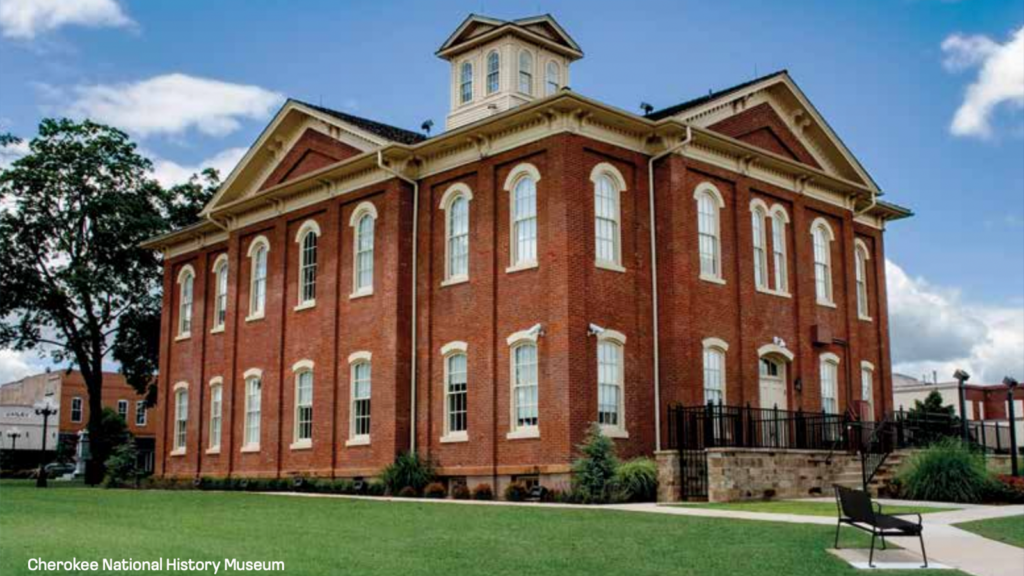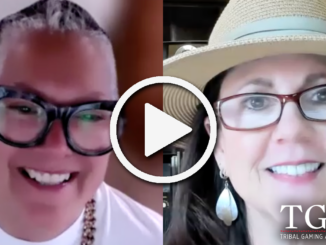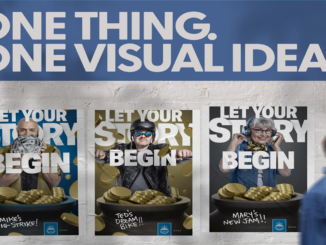Article written by Kim Bacca
In just 13 years, Cherokee Nation has leveraged its passion for education and dedication to the preservation and promotion of its heritage to develop a robust cultural tourism program. Drawing thousands of visitors annually to experience its award-winning cultural, specialty and event tours, Cherokee Nation oversees six museums, two welcome centers, various retail operations and more.
Throughout the 66,000 acres of Cherokee Nation, the Tribe’s culture and heritage are woven into the fabric of each community. The Cherokee language, created by Sequoyah in 1821, is still celebrated today and marks each tribal building and street sign within this rich, historical community. Following the Indian Removal Act of 1830, Cherokees were forcibly removed from their traditional homelands in the Southeast and relocated to present-day Oklahoma. In 1841, Tahlequah was named the capital city and the Cherokee people began rebuilding their nation.
Various buildings and cultural sites used in the Tribe’s robust tourism offerings date back to the post-removal era, including two courthouses, a prison and more. The courthouse is the oldest government building in the state, and for many years the prison served all of Indian Territory. Other buildings of interest include the Cherokee National History Museum, the John Ross Museum in Park Hill, Sequoyah’s Cabin Museum in Sallisaw, and the Saline Courthouse Museum in Rose.
Though remnants of the Tribe’s past have always remained visible, it’s hard to believe that Cherokee Nation began its tribal tourism efforts just 13 years ago. Cherokee Nation Cultural Tourism operates under the Tribe’s business arm and is tasked with historical preservation, cultural promotion and sharing the story of the Cherokee people with the world.
“Cultural tourism continues to evolve, as does the way we approach how we share our story,” said Travis Owens, a Cherokee citizen and director of the Tribe’s cultural tourism department. “For Cherokee Nation, a lot of our museum and cultural sites are the backdrop for where our history actually occurred. That adds a lot of interest and appeal to visitors and has generated a great sense of pride for Cherokee citizens. I try not to think of tourism in itself or our culture as a product. You just have to define what you have to offer, decide what you’re comfortable sharing, and discover how it appeals to visitors.”
Launching Visit Cherokee Nation
The department launched the Visit Cherokee Nation campaign in 2019 as part of an overall strategic plan that Owens said, “promotes an authentic understanding of the Cherokee people,” by incorporating Tribal identity, Native language and culture into its brand and marketing strategies. The campaign hopes to draw visitors to northeast Oklahoma for an immersive experience throughout the 14 counties of the Cherokee Nation. In addition to its museum offerings, the website features entertainment destinations, and iconic attractions, both owned and operated by the Tribe and partner agencies. Through the Visit Cherokee Nation website, guests can customize a short, daytrip to the area or a weeklong experience with activities for all ages. They can even get a firsthand look at the museums with 3D virtual tours, which launched in 2020 to maintain engagement during the COVID-19 pandemic.
As with any high-volume operation, the key to Cherokee Nation’s success has involved extensive strategic planning. It has also meant taking control of the nation’s historical narrative and developing the program with input from tribal citizens. The Tribe even hosted community listening sessions for about two years before defining the purpose and path for the cultural tourism program.
“You just have to define what you have to offer, decide what you’re comfortable sharing, and discover how it appeals to visitors,” said Owens.
From those community listening sessions, “it was pretty clear where the boundaries were, what information was deemed shareable, and what information was sacred to our people and our communities,” Owens explained. “This is something we revisit often to ensure our efforts remain accurate, authentic and true to the Cherokee perspective.”
Reclaiming the Narrative
When the Tribe began its cultural tourism program, it offered small, guided tours of buildings circa post-Indian removal, such as the prison and national capital built in 1869. An interpretive story was developed that focused on four key areas for tour development, which included Cherokee Nation History, Cherokees and the Civil War, Cherokee Old Settlers, and Will Rogers.
Through a long-range, adaptable strategic plan, the Tribe began its program, which is now supported by a team of nearly 60 employees. The team includes an array of positions that range from sales, marketing, interpretive guides, historians, researchers, retail staff and more. The marketing plan is often reevaluated and refreshed based on industry trends, research, and the ability to connect and engage with target audiences. For Cherokee Nation, the primary audience is largely a regional one, composed of travelers who are 55 and older and within a four-to-six-hour range, according to Owens.
The cultural tourism team develops and manages the marketing approval process, including social media where Cherokee Nation has invested heavily in the past year, creating new opportunities for immersive and engaging content that educates and entertains their target audience. Media placements are based on an overall strategy that also builds brand awareness and follows an annual budget.
The department also benefits from the Tribe’s Emmy Award-winning docuseries, “Osiyo: Voices of the Cherokee People,” which is aired in various markets across the nation and online. A portion of each show is dedicated to highlighting the diverse natural environments and cultural experiences within the Cherokee Nation, raising both awareness and interest in tourism offerings. Last year, OsiyoTV premiered the first, interactive Cherokee history timeline on its website that explores important moments in Cherokee history from pre-European contact to present day. Website visitors can identify any century of interest and learn more about specific events on the timeline by accessing short videos, historic images, and original documents.
“These efforts have elevated education about Cherokee history and culture and amplified our presence as a cultural destination not to be missed,” said Owens. “Many picturesque and historic locations are featured throughout the show, including the museums and cultural sites, as a way to introduce viewers to the robust tourism offerings available when you Visit Cherokee Nation.”
Leveraging Partnerships & Community
According to Owens, the Tribe’s strategic plan also includes partner organizations as the department obtains items on loan for its museums and participates in co-op advertising.
“We are thankful to have a wide range of partnerships available to help us achieve our goals, but they’re not all alike. You have to find common ground, interests and purpose that align with your mission, work hard, and certainly think outside the box.”
Despite its impressive growth over the past decade, the department still has challenges, including addressing and correcting stereotypes that have been prevailing for decades.
“The work is really never done,” Owens explained. “We have to be proactive about correcting historical inaccuracies and putting a stop to hurtful and divisive stereotypes. We want visitors to like and love the Cherokee Nation, but sometimes the first step is helping them unlearn what they’ve been told and help them get to know us in an intimate and meaningful way. We have a great staff, and we work hard to ensure that visitors feel safe to ask questions free of judgment. In fact, that’s exactly what we want. That’s why we’re here.”
To learn more about the Visit Cherokee Nation campaign, visit https://visitcherokeenation.com/.
To learn more about AINTA, visit https://www.aianta.org/.




